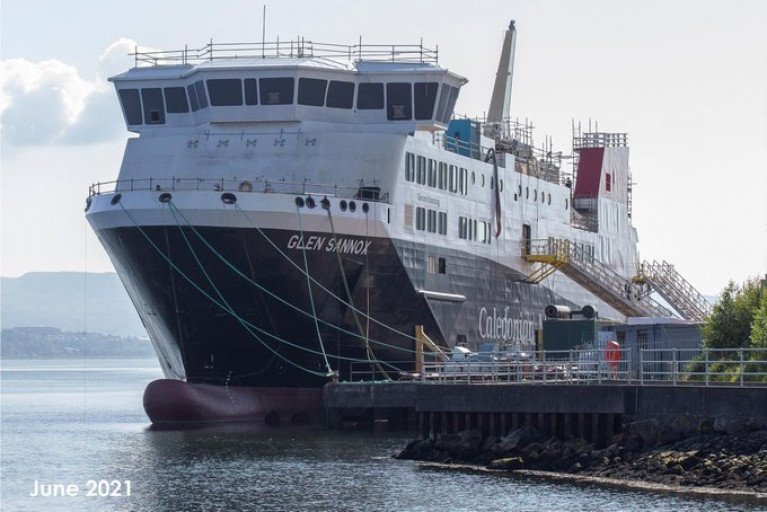Delays of up to a further five months to the completion of two long-awaited CalMac ferries were announced yesterday by shipyard Ferguson Marine, writes The Scotsman.
The latest setback was blamed on a shortage of skilled workers and Covid restrictions at the Scottish Government-owned shipyard in Port Glasgow.
MV Glen Sannox, being built for the main Isle of Arran route between Ardrossan and Brodick, is now due to be finished between July and September next year, compared to the previous estimate provided to MSPs last August of between April and June next year – three months behind.
Its unnamed sister ferry, codenamed hull 802, earmarked for the Skye-Harris-North Uist route, is now scheduled for completion between April and July 2023, compared to between December 2022 and February 2023 – up to five months behind.
A spokesperson for Ferguson Marine (Port Glasgow) said: “The Covid-19 pandemic caused six months of disruption in 2020 and productivity has continued to be impacted due to a further shutdown in January 2021 and the introduction of additional safety measures.
Much more to read here from the Clydeside yard.



























































